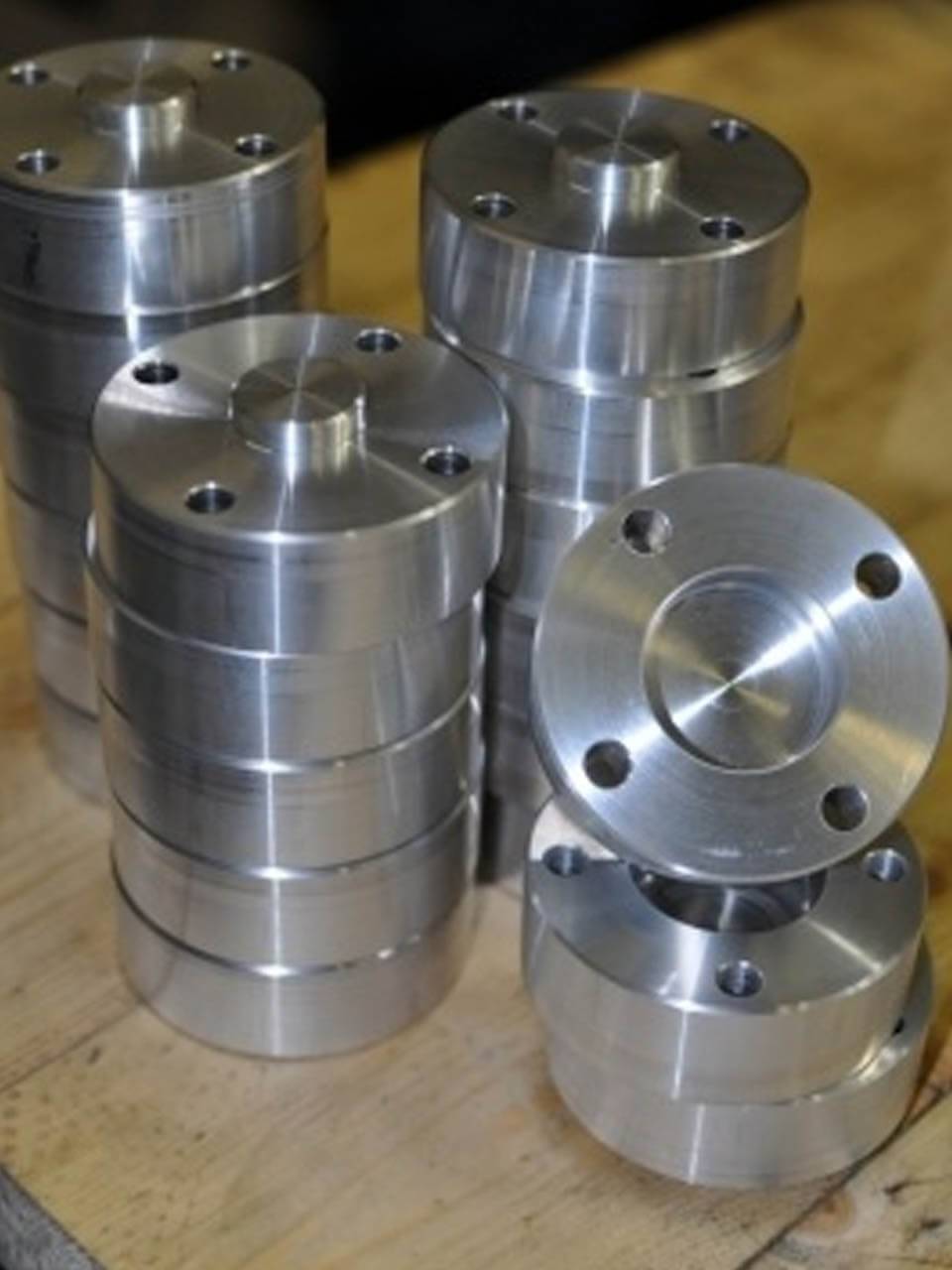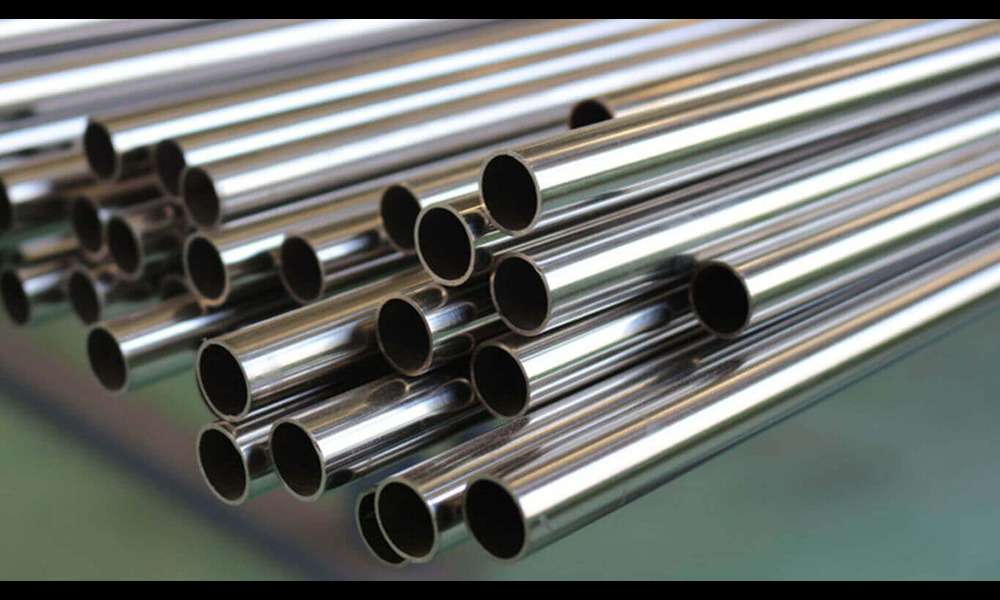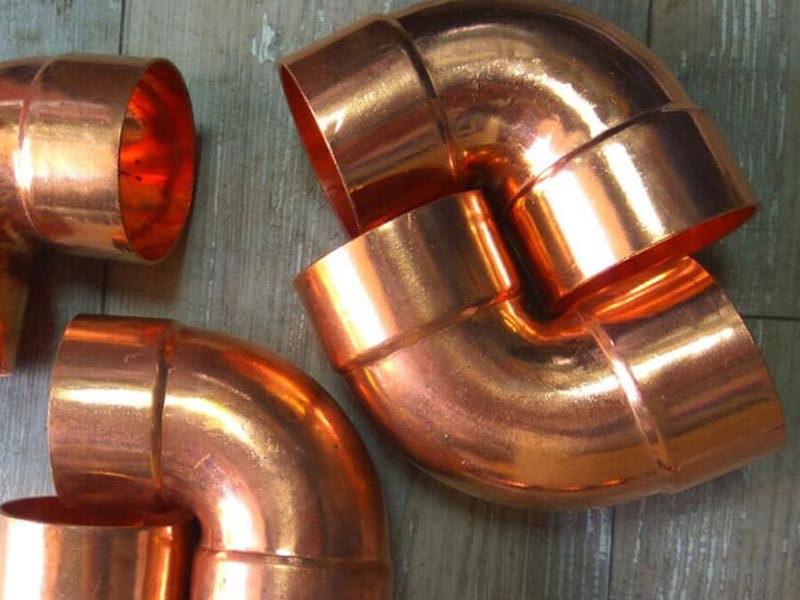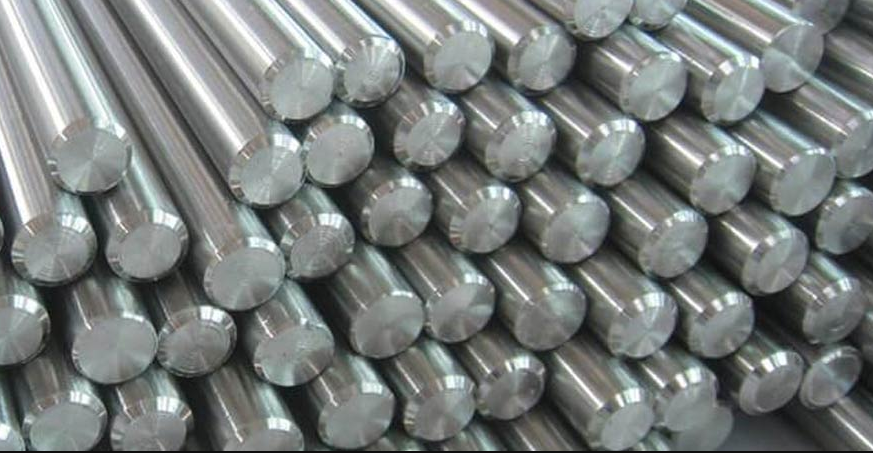Are you looking for advice on fabricating, installing and maintaining Inconel 600 flanges to reach optimal performance? If yes, then you’re in the right place. Inconel 600 is a well-known alloy known for its exceptional strength and resistance to corrosion, even at very high temperatures. However, these attributes make it tougher to work with than materials like Carbon Steel or SS 316. Utilizing this material successfully requires careful fabrication processes and thorough installation methods. Proper maintenance helps ensure that your system will run efficiently over time, making it important that the same standards remain throughout all three stages: Fabrication, Installation and Maintenance of Inconel Flanges. This blog post provides expert insights into each stage to help you maximize your system’s potential!
What are Inconel 600 Flanges?
Inconel 600 Flanges are high-performance alloy flanges made from nickel-chromium alloy designed for extreme environments and conditions. They offer superior temperature and corrosion resistance, making them ideal for applications involving components that withstand extremely high temperatures, such as nuclear power plants or chemical processing equipment. Inconel 600 flanges also have good mechanical properties, including tensile strength of up to 800 Mpa, yield stress of up to 750Mpa and excellent impact strength. Furthermore, they can be used in many industries, such as medicine, aerospace, automotive and oil & gas, due to their superior properties, which make them suitable for use in extreme environments.
Fabrication of Inconel 600 Flanges:
The first step towards the optimal performance of the Inconel 600 flange starts with its fabrication. Choosing the right grade of Inconel 600 alloy that best suits your application is important. The fabrication process starts with cutting the flange to the desired size, then machining the flange face and drilling bolt holes. It is important to use proper cutting and machining tools to avoid damaging the flange during the process. After fabrication, the flange needs to be cleaned and polished, ensuring the surface is free of any mill scale, debris and sharp edges.
Installation of Inconel 600 Flanges:
Installing Inconel 600 flange is a crucial process that requires careful attention to detail for optimal performance. During installation, it is important to ensure that the flange is aligned correctly and the bolts are tightened to the recommended torque values. This will prevent any leaks or failures in the flange during operation. The flange gasket should also be installed properly, ensuring it covers the entire flange surface and has no gaps between the flange and gasket.
Maintenance of Inconel 600 Flanges:
To ensure maximum performance and durability of the Inconel 600 flange, it is important to maintain it properly. Regular inspection and cleaning of the flange surfaces are necessary to prevent any debris or contaminants from accumulating on the surface. It is also important to check for any corrosion damage or leakage signs. Flange bolts should be checked and tightened at regular intervals as well. If any damage or defects are found during the inspection, they should be promptly repaired, or the flange should be replaced to prevent any further damage.
Precautions to Take while Operating Inconel 600 Flanges:
While operating Inconel 600 flanges, it is important to take certain precautions to ensure the safety of the equipment and personnel. Flanges that operate at high temperatures should be allowed to cool down before disassembling them. The bolts should also not be removed unless necessary and should be tightened to the recommended torque value immediately after assembly. Any sudden changes in the temperature or pressure should also be monitored closely to prevent any damage to the flange or piping system.
Benefits of Using Inconel 600 Flanges:
Inconel 600 flanges offer several benefits over other types of flanges. Due to their high-performance characteristics, they can withstand extreme temperatures and corrosive environments. They are also resistant to oxidation and carburization, making them suitable for high-temperature applications. Inconel 600 flanges can also be welded easily, allowing for easy installation and repair. With proper maintenance and care, Inconel 600 flanges can have a long lifespan and perform optimally in extreme conditions.
Conclusion:
Inconel 600 flanges offer high-performance characteristics, but it is important to fabricate, install and maintain them properly to ensure optimal performance. Proper fabrication techniques should be used to prevent any damage to the flanges. During installation, care should be taken to align the flange correctly and tighten bolts to the recommended torque values. Regular maintenance of the flanges should also be performed to prevent any damage or defects. Inconel 600 flanges offer several benefits over other types of flanges and, with proper care, can provide optimal performance in extreme environments







